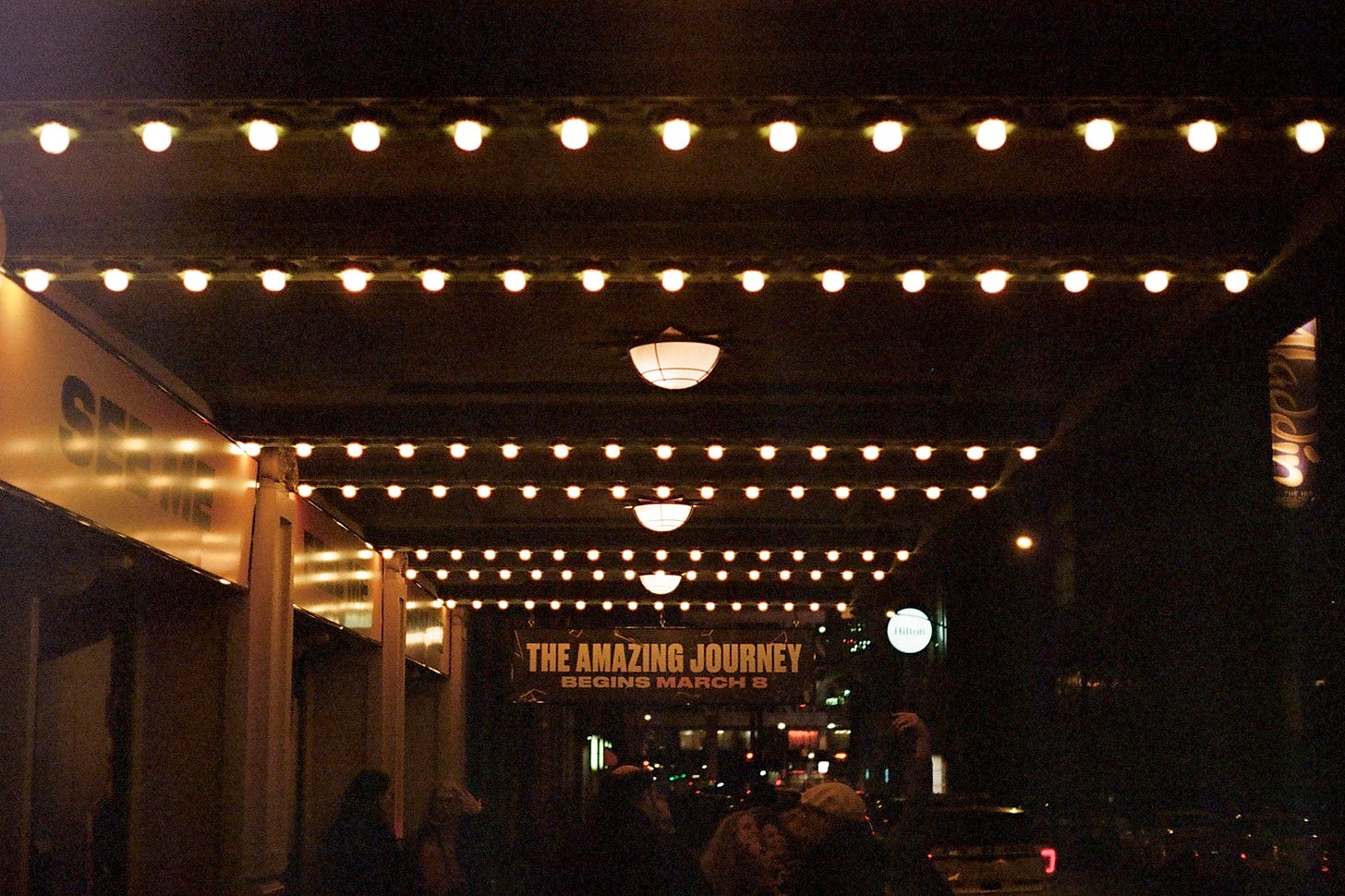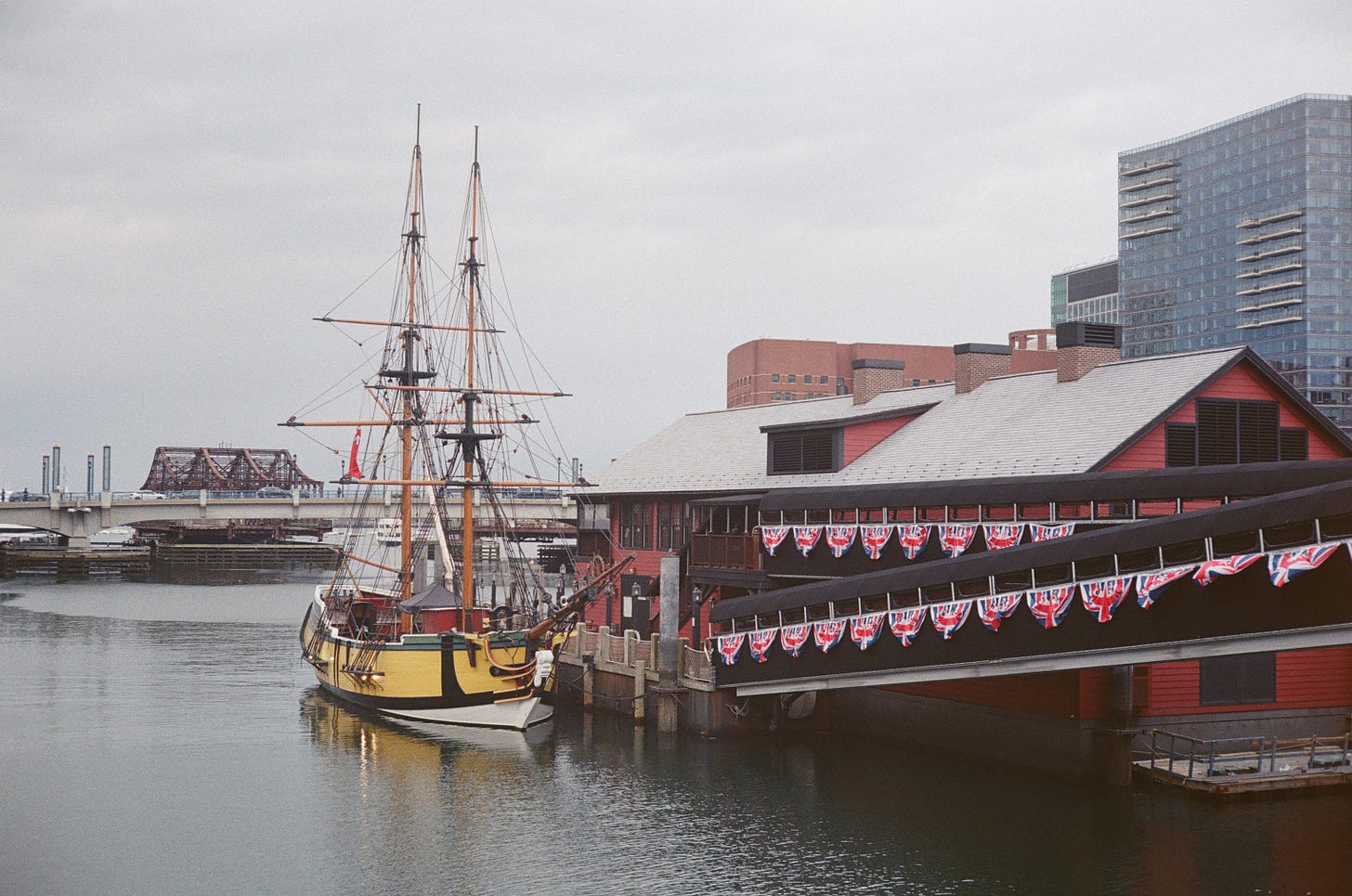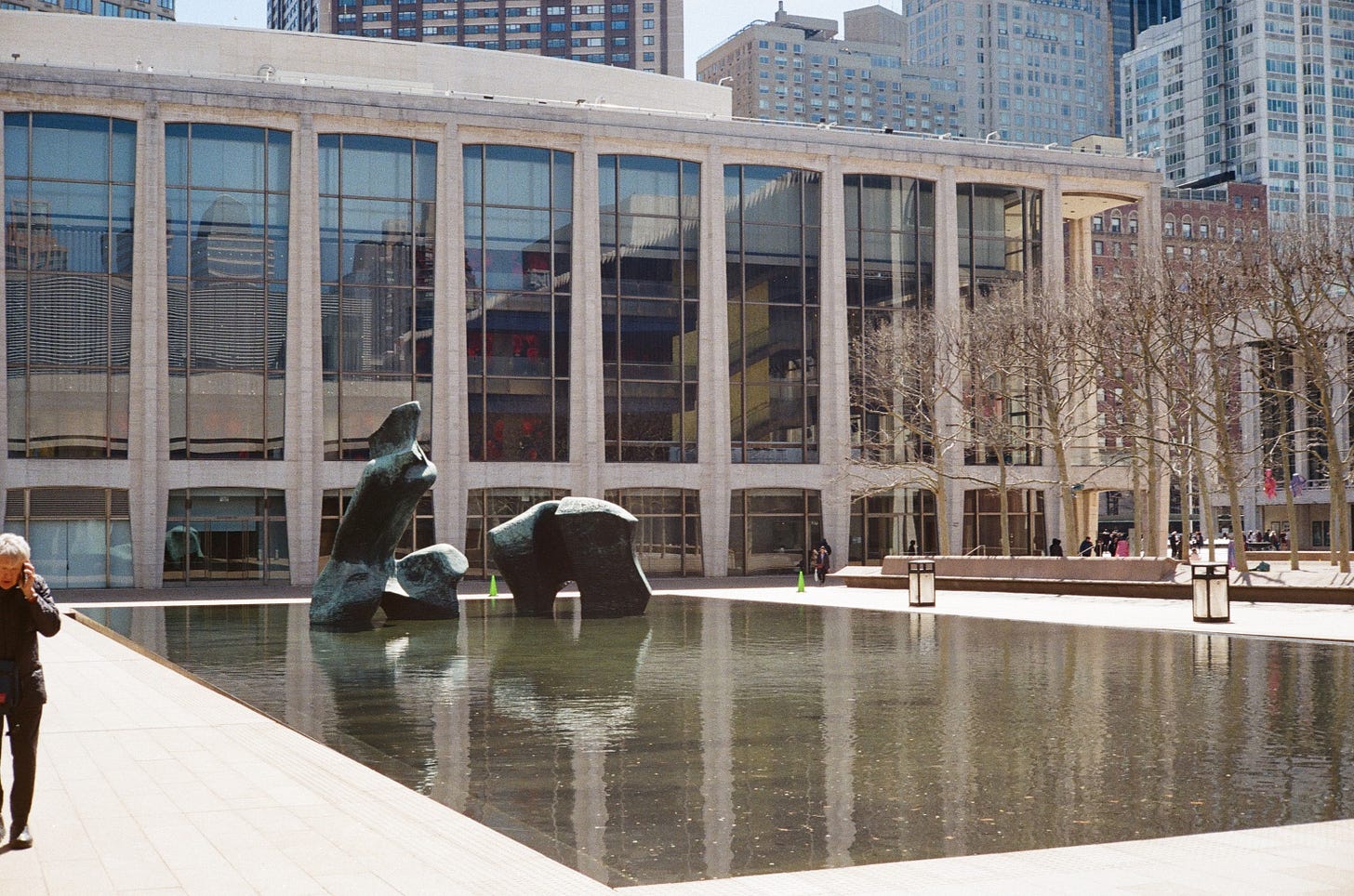What to Know Before You Point and Shoot With Film
Before you load your first roll, keep these main tips from photography professors, small business owners and hobbyists in mind.
Almost everyone has a camera in their pocket in the form of their cell phone, most of which are capable of capturing 4K-quality images and easily saving and sending the pictures within seconds. With this has come a different definition of a photographer, making it harder for professional photographers to stand out on the market like they used to. To prove your worth as a photographer or a hobbyist who wants to be taken more seriously, maybe the solution to this is a more complicated and lengthy photography process.
Yes, film photography appears outdated and like a hassle on the surface. Whether you’re looking for a new hobby, trying to find more inspiration in everyday life, want to make money as a professional photographer or want to pretend like you were born in a different generation, film photography has a lot to offer anyone.
The easily accessible photography equipment on the back of our cell phones simplifies everything about taking photos, but in a way, perhaps that’s taken away from the significance of capturing events in a 2:3 frame to make a memory last a lifetime. With unlimited shots and no worry at all about taking tons of digital images, shooting on film is unique because even though you may feel more pressure to perfect a shot, it also leaves room for more subtle and unexpected moments.
Business Research Insights reported in January 2024 that the global film photography camera market size was USD 32.02 million in 2022. They found that the film photography camera market is expected to reach USD 39.65 million by 2028, “exhibiting a CAGR of 3.63% during the forecast period… The sudden rise in CAGR is attributable to the market’s growth and demand returning to pre-pandemic levels.”
Celluloid Comeback
Mentioning the comeback that tangible photography has made in recent years, Garrett Smetana, owner of Rockville Camera in Rockville Centre, NY, attributed the increase in vintage interest to that which is similar to his own experience years ago. “Kids who grew up on digital have found their parents’ cameras in the closet and said, ‘Well, this is a camera, how can I use this?’”
The basics of photography — shutter speed, aperture, and film speed — are essential to know when the point comes where the camera is in your hand.
“I don't think you have to be well-versed in photography to get into film,” Smetana says. “Just know that it's a little slower process to learn. You'll learn a lot faster because you can see results faster.”
Foremost, you need to budget and make sure the equipment you will be investing in is not unnecessarily the cream of the crop right at the beginning of your journey.
Smetana started his now-decades-long fling with celluloid as a teenager when he borrowed his parents’ single-lens reflex (SLR) camera and started shooting. For him, it was as simple as “I wanted to take pictures too.” His local business sells film and camera equipment and develops film for customers as well. Recommending to not buy the best piece of equipment out there immediately, he encourages eager photographers to get into the hobby on a trial-and-error basis.
Carolyn Monastra is an artist, activist and educator at Nassau Community College in Garden City, NY, where she has been a professor of photography for 18 years. Her current art project, Divergence of Birds, focuses on how birds are being impacted by climate change, and she has used both film and digital cameras to make her work.
She recommends starting with a very basic camera with a 50mm lens, such as a Canon AE-1 — which can be found starting at $70 for a used one on eBay — or similar models. “Once you decide if you like working with film you can always buy more lenses but just make sure it will fit your camera’s body. Film has gotten a little more expensive but there are some films geared toward student budgets, [like Arista EDU film]… I strongly suggest photographing outdoors to start as you do need a good bit of light to take well-exposed images.”
Monastra thinks film has made a resurgence because it is the “unknown.”
“When I started in photography, film was all we had,” she said. “But now that it is harder to access darkrooms, I think it has become more unique and desirable.”
Before Closing The Shutter
Next, you want to make sure your exposures are precise and bracketing your shots can help, meaning you take multiple shots at different exposure settings for every image, in turn increasing the probability of a perfectly exposed shot.
The higher the film speed number, the more sensitive that film is to light. If you want to shoot indoors, you should shoot at 400-speed film or higher. Conversely, if you are shooting at the beach in midday light, you would shoot a 100-speed film. And if you’re really looking for that vintage aesthetic: the higher the speed, the more film grain will be visible in your images.
Unlike a digital camera, most of which have autofocus, you’ll have to adjust your lens to focus on your subject. When looking through the viewfinder, you’ll see a “ghost image” of your subject. Adjust your focal length until that image matches up with your subject. That’s how you know the photo will come out crystal clear.
“Start small,” says Anthony Herrera, an amateur photographer studying at Nassau Community College. “Film is an expensive hobby to go down. The world isn't 1998 where you have hundreds of film stocks to choose from at an affordable price.”
Besides online vendors like Amazon, film is still available in drug stores and retailers like Walmart, Target and CVS Pharmacy. “I say start with something relatively cheap like Kodak Ultramax or FujiFilm 400. Also, when it comes to equipment there are a variety of cameras you can choose from. The most accessible cameras nowadays are the generic half-frame cameras branded under Kodak and other no-names. You can try your luck in thrift shops and the like.”
Herrera continued: “Just have fun with it. Film isn't the highest quality format out there and digital trumps it in every way, but the limits film places on you as an individual and what unique results that you do get out of it are fascinating and can really bring out your creative side. Limits breed creativity.”
Smetana says that everybody has their own specific reasons for getting into shooting on film. “Waiting for those pictures as opposed to instant gratification is a main one and it makes you slow down and think about if the pictures are worth taking.”
The Value of Film as Opposed to Digital
Although Smetana doesn’t think there’s a universal, specific technique like many YouTube videos provide, “it all depends on how much effect or the mood you're looking for. There’s not a set answer.”
Since Hannah Allen was young, she knew she was interested in art partially because her father was an avid painter, but it took some time for her to find her own medium. Now, Allen is a photography and digital media professor at Adelphi University. Initially becoming interested in photography in high school, it wasn’t until college that she started to take it seriously.
“For students who are interested in film to embrace the slowness of film,” she says. “The process is slow. It is not immediate. Try to find a used Nikon k1000 — that’s what we all started on — and be deliberate about what you are looking at. If you have access to a darkroom [to develop your film and make prints], that’s fantastic. The darkroom is a meditative place. It slows down the act of looking even more. It turns into a deliberate science. If you don’t have access to the darkroom, many local places send film away to be processed.”
The process of developing film in a darkroom is complicated and tedious, and many local businesses that specialize in film either have their own darkroom or can send your film off to a lab to be developed. This can cost as low as $10 with about a week-long wait time, to $20, depending on how fast you intend to get your photos back.
Allen continued: “[When you get your prints], try to figure out what you are looking at. What kinds of imagery are you attracted to? And how does the camera — and specifically the film — help you to interpret your subjects? Notice what happens when you shoot into the light. Notice what happens when you expose the shadows. The job of a photographer is to look and see how light can interpret the subject and how light can affect the film. Without light, there is no photography.”
Whether it’s a Canon or a disposable camera, you can still get a feel for a more tactile way of capturing memories, no matter how significant or casual those moments are. To go one step further with the physical appeal of film, Monastra said, “You can do it as a hobbyist and just have the film processed by a lab, but I think it adds to the experience and the fun if you are printing your work as well.”
Getting Down to Basics
Don’t splurge. — Like anything else, getting into photography can be challenging and you may change your mind about how much you want to involve yourself in the hobby. To avoid getting discouraged, be humble with what you purchase. Just because you don’t have the greatest equipment right off the bat doesn’t mean your photos won’t look good or, at the very least, mean something to you.
Learn from your mistakes; you don’t have to seek perfection. — With film, it’s sometimes more about the journey (the process) than the destination (your print results). The experience of shooting film is sometimes satisfying enough in and of itself. You accidentally opened the back of your camera, exposing your film before development? Look on the bright side: now you have some cool light leaks that a digital camera could never naturally produce. Yes, it may feel traumatic looking back on those orange streaks on your photos but they can represent progress, too, and might even unintentionally produce some aesthetically cool final products.
Support the businesses that support you. Although you can buy fairly inexpensive cameras from the ‘70s onwards on websites like eBay — such as my $40 Yashica Electro 35, which my local photography store called a brick of a camera — once you get the hang of the hobby, you can look into more modern cameras, too, if so desired. There’s a lot of advice you can gain from others who take part in the hobby.
5/15/24









